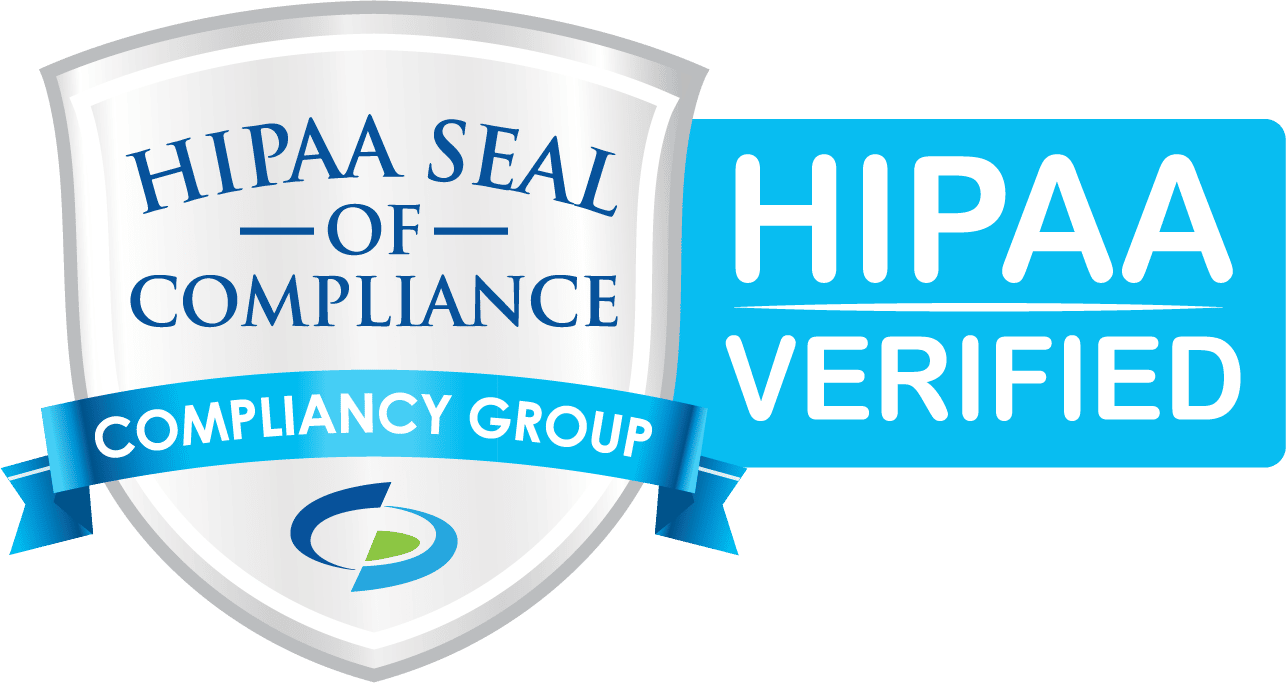When it comes to securing your organization, one of the most overlooked risks is giving users local administrator privileges on their computers. While it might seem convenient for users to have full control over their devices, it opens the door for significant security threats. However, removing local admin rights can also lead to inefficiencies, leaving users unable to perform essential tasks without constant IT assistance. This is where application whitelisting steps in, providing a solution that balances security and functionality.
Why Shouldn’t Users Be Local Administrators?
Giving users local admin privileges means they can install software, make system changes, and bypass many security controls. While this might make their day-to-day work smoother, it also leaves the system vulnerable to malware, unapproved software, or accidental changes that could cause system failures.
Here are the main risks of having local admins:
- Increased Security Risks: Local admins can install any software they want—this includes potentially malicious applications, whether intentional or accidental.
- Greater Exposure to Malware: With admin rights, malware has unrestricted access to critical system files, making it easier for attacks to spread.
- Uncontrolled Changes: Users can alter system settings, which can lead to security holes, network issues, or system downtime.
The Inefficiencies of Removing Local Admin Rights
While removing local admin privileges can reduce security risks, it often creates new challenges for your team:
- Constant IT Requests: Without admin rights, users need to ask IT for permission to install or update software, access certain settings, or make minor adjustments. This leads to a bottleneck where IT spends too much time approving simple requests.
- Delays in Productivity: Every time a user needs access or an update, they must wait for IT approval, slowing down their work and impacting overall productivity.
This creates a tough balance between security and efficiency, and it's one of the reasons many businesses hesitate to remove local admin privileges altogether.
How Application Whitelisting Fixes This
With application whitelisting, you can remove local admin privileges without compromising productivity. Here’s how it works:
- Pre-Approved Applications: Only authorized applications can be run on the system. This allows users to work freely with trusted software, while blocking unauthorized or harmful programs.
- Real-Time Elevation: If a user needs to run or install something outside the whitelist, they can request access in real-time. Admins (or EarneyIT) can quickly approve or deny the request without giving permanent admin access.
- Scan Before Install: Application Whitelisting solutions will also scan the software before sending the request to your IT team, allowing a technician to see virus scan results before approving an install.
- Automation: The system learns from past approvals, automatically allowing software that has been pre-approved or trusted, reducing the number of requests over time.
In short, application whitelisting provides the perfect balance between security and functionality—ensuring that users don’t need local admin rights but can still access the tools they need to do their job without delays.
Why This Matters for Your Business
One of the best questions you can ask your current IT provider is: “Are my users local administrators?” If the answer is “yes”, that could signal a lack of security control and put your business at risk. Allowing users to be local admins is a red flag in today’s security landscape, and it might be time to consider finding an IT provider that takes your security more seriously.
At EarneyIT, we use application whitelisting to protect your systems without impacting day-to-day operations. By removing local admin rights and using whitelisting, we ensure that your business is secure and that your users can still function efficiently. We feel it is such a valuable tool and that is why we include it in all of our plans.






